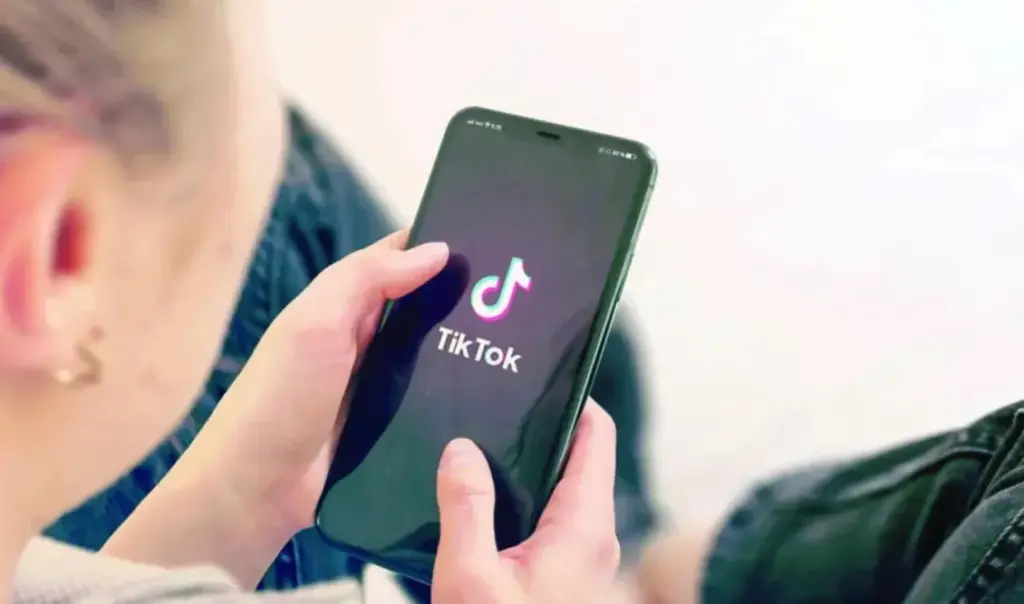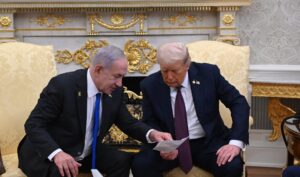An anticipated agreement for the future of TikTok in the United States appears to be close, as American President Donald Trump and his Chinese counterpart Xi Jinping are expected to discuss the terms today, Friday. According to reports, top officials from both sides have reached a “framework agreement,” which could lead to the sale of TikTok’s US operations to a group of American companies, including Oracle and investment firms Andreessen Horowitz and Silver Lake. If approved, the deal is characterized by experts as “rarely significant progress” in US-China trade negotiations and would resolve an issue that has frequently made headlines in recent years. Chinese state media refers to the agreement as “win-win” for both sides, while Trump commented that he “would like to do it for the children.” However, many details remain unclear, as reported by the BBC.
Read: Jimmy Kimmel: Late-night hosts express solidarity – Trump threatens to punish other critics
TikTok: What the China-US agreement framework entails
According to reports, American users will have access to a new version of TikTok specifically for the US. ByteDance, the app’s parent company, refused to grant full access to the algorithm, but Chinese authorities appear willing to allow licensing without transfer. The algorithm constitutes the “secret ingredient” that determines what content appears to users and is at the center of negotiations.
Technology expert Kokil Jaidka warns that the American version of the app may operate on a “simplified” form of the software, with limited content variety for users.
What each side stands to gain
For Trump, the agreement represents a significant victory for his administration and a strategic success in a market where one in seven people globally uses the app. For its part, China maintains control of ByteDance’s algorithm and presents the agreement as a geopolitical and commercial victory, exporting technology on its own terms and gaining leverage in future trade negotiations with the US.
The agreement, if completed, could serve as a template for future Chinese company collaborations in the American market, creating a new framework for cooperation between the two major powers in the technology sector.




